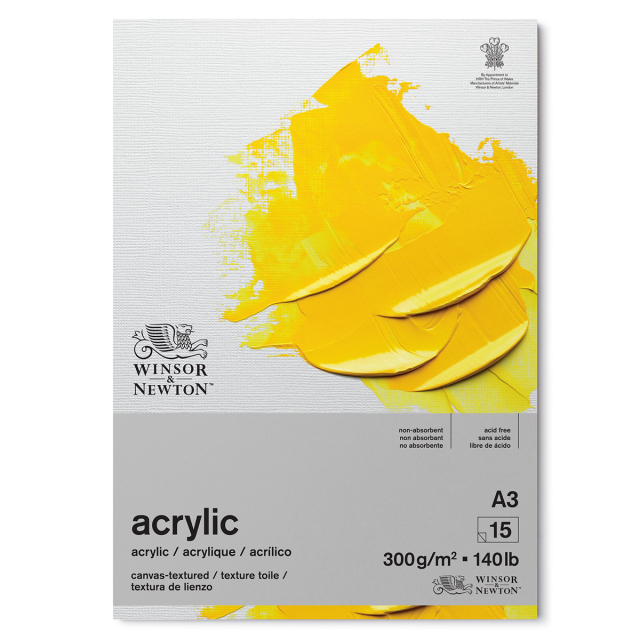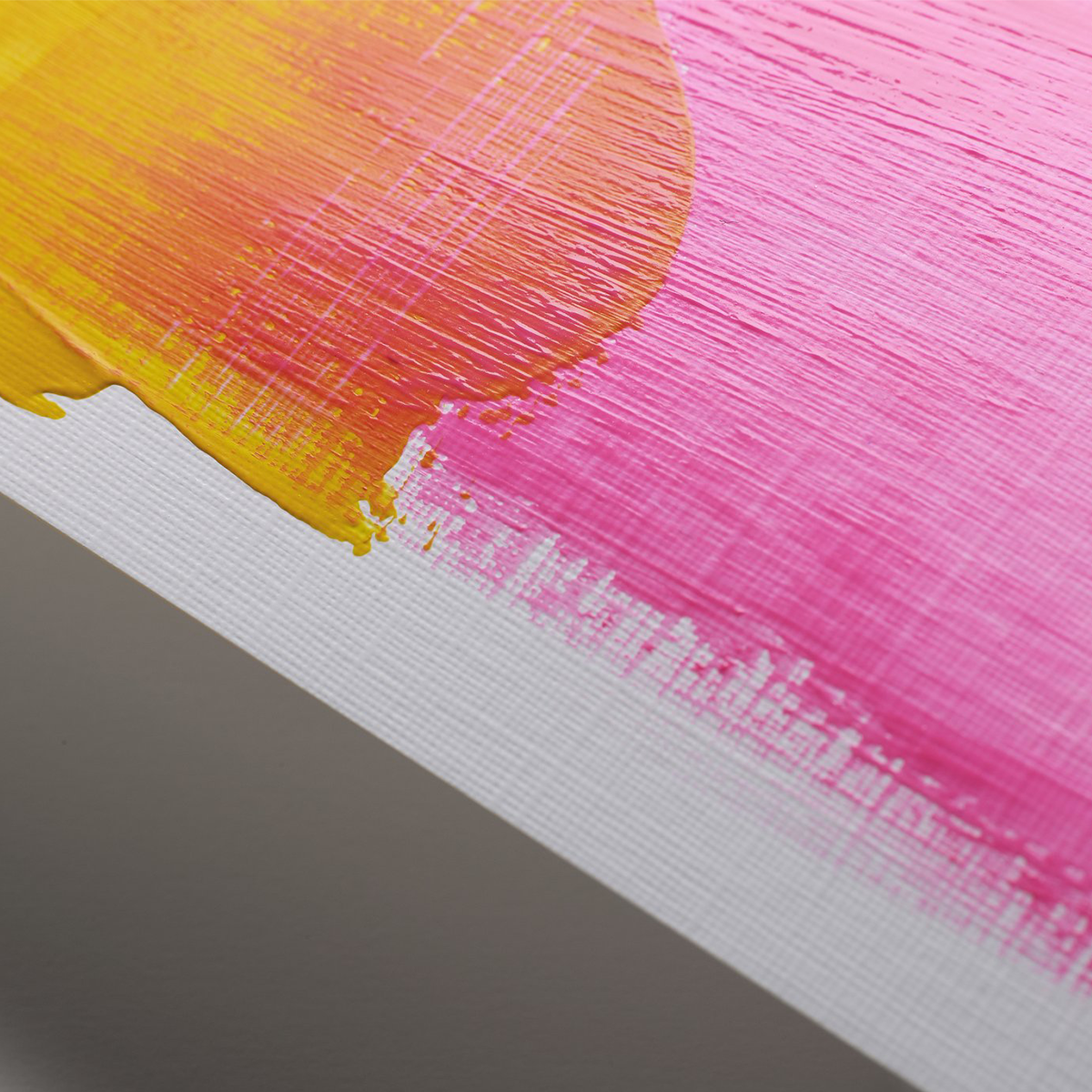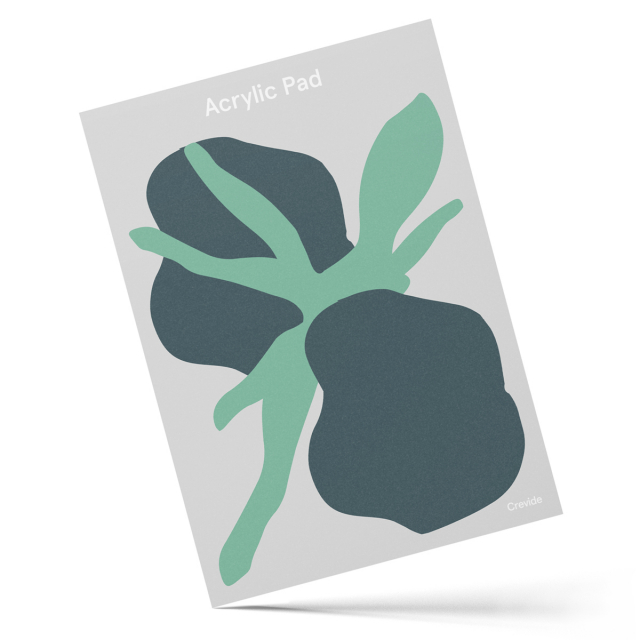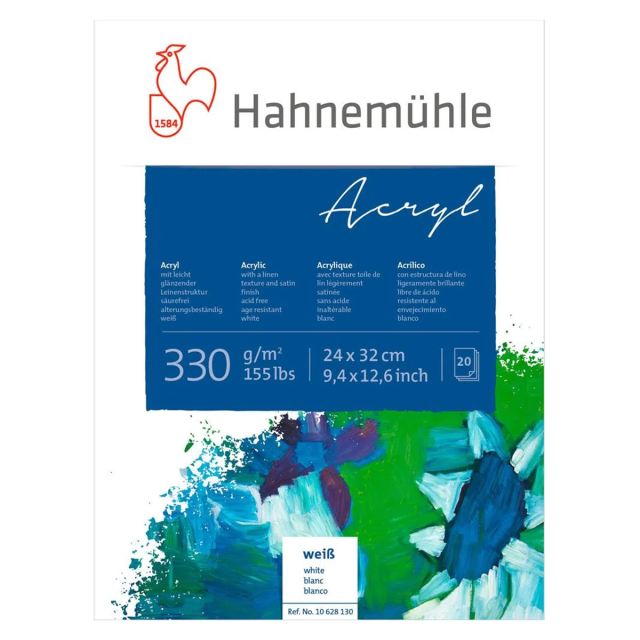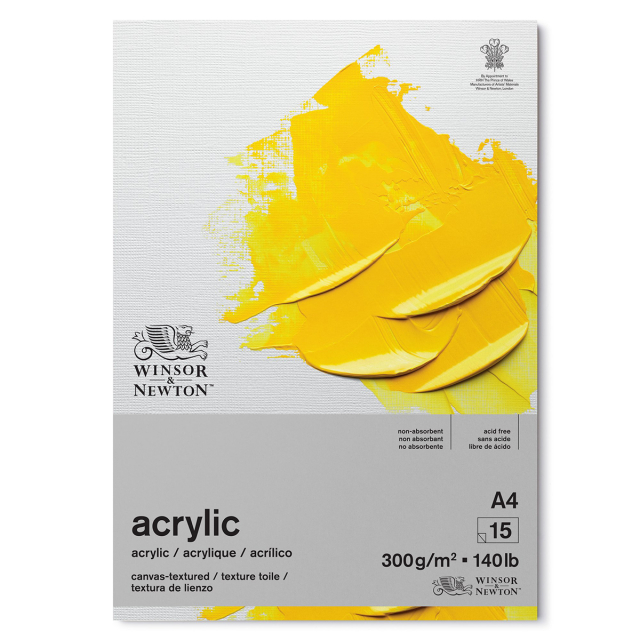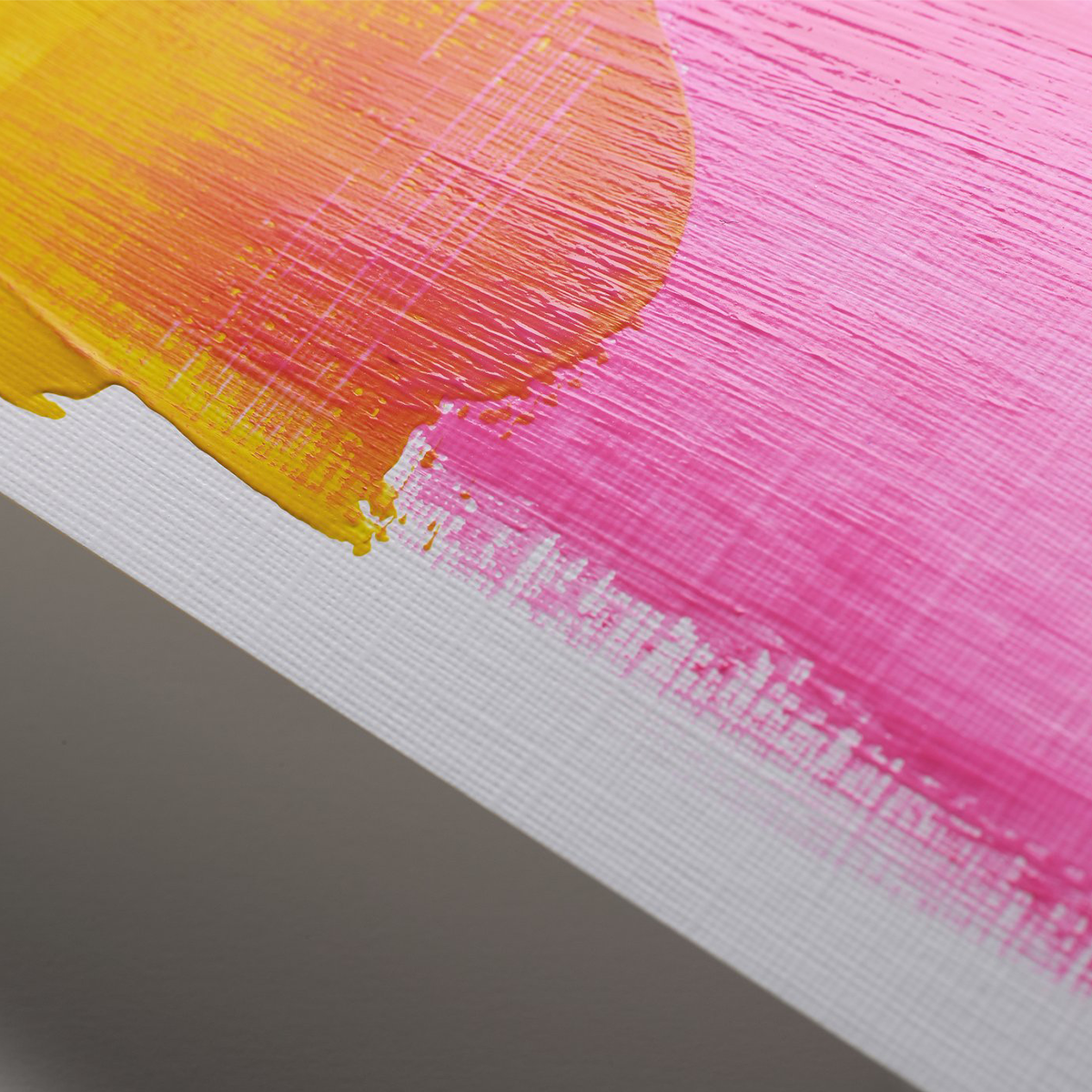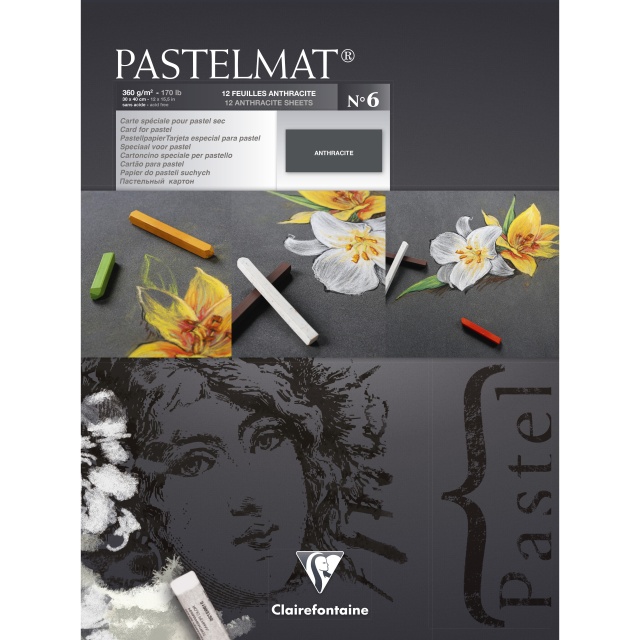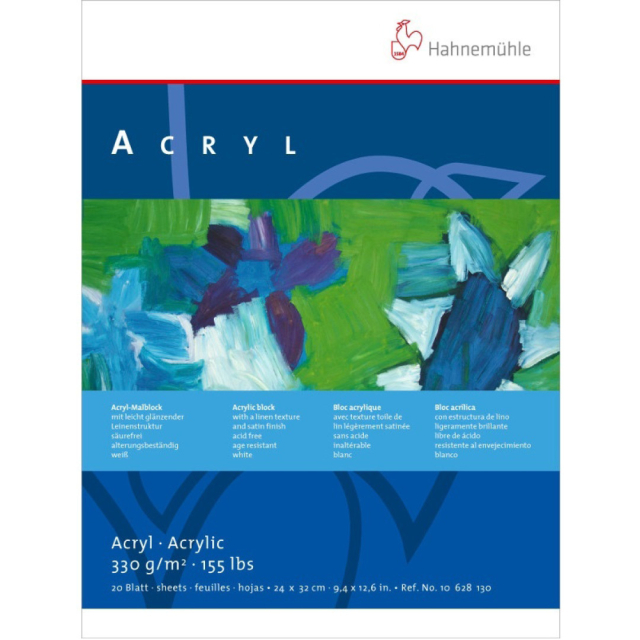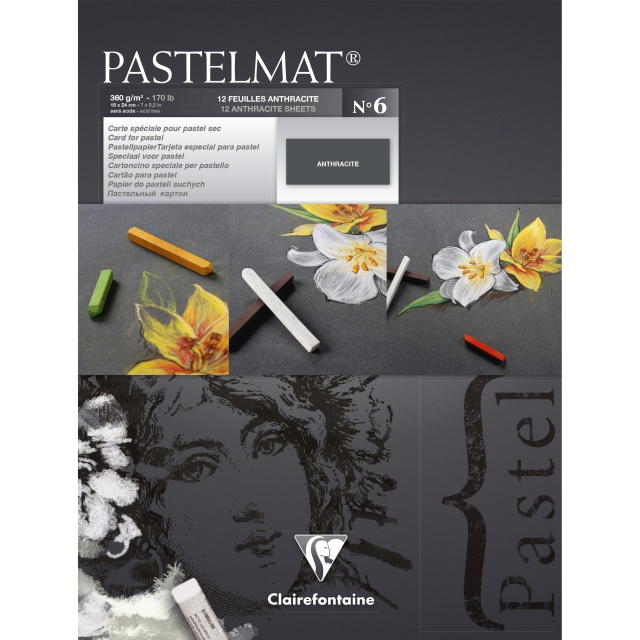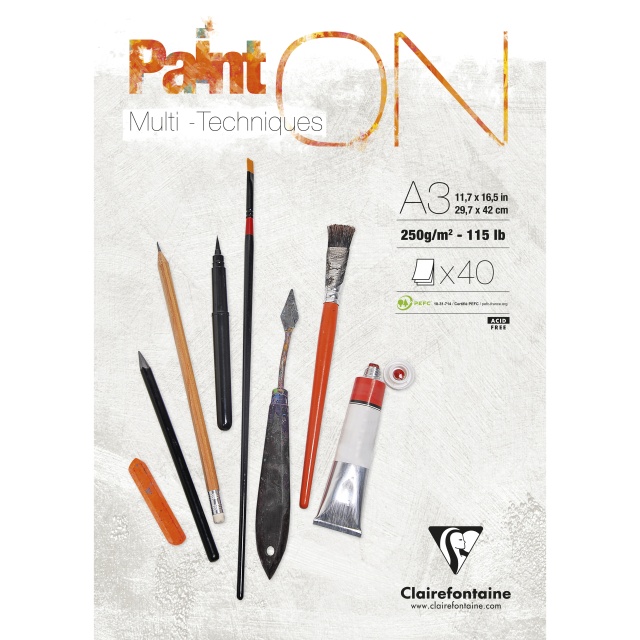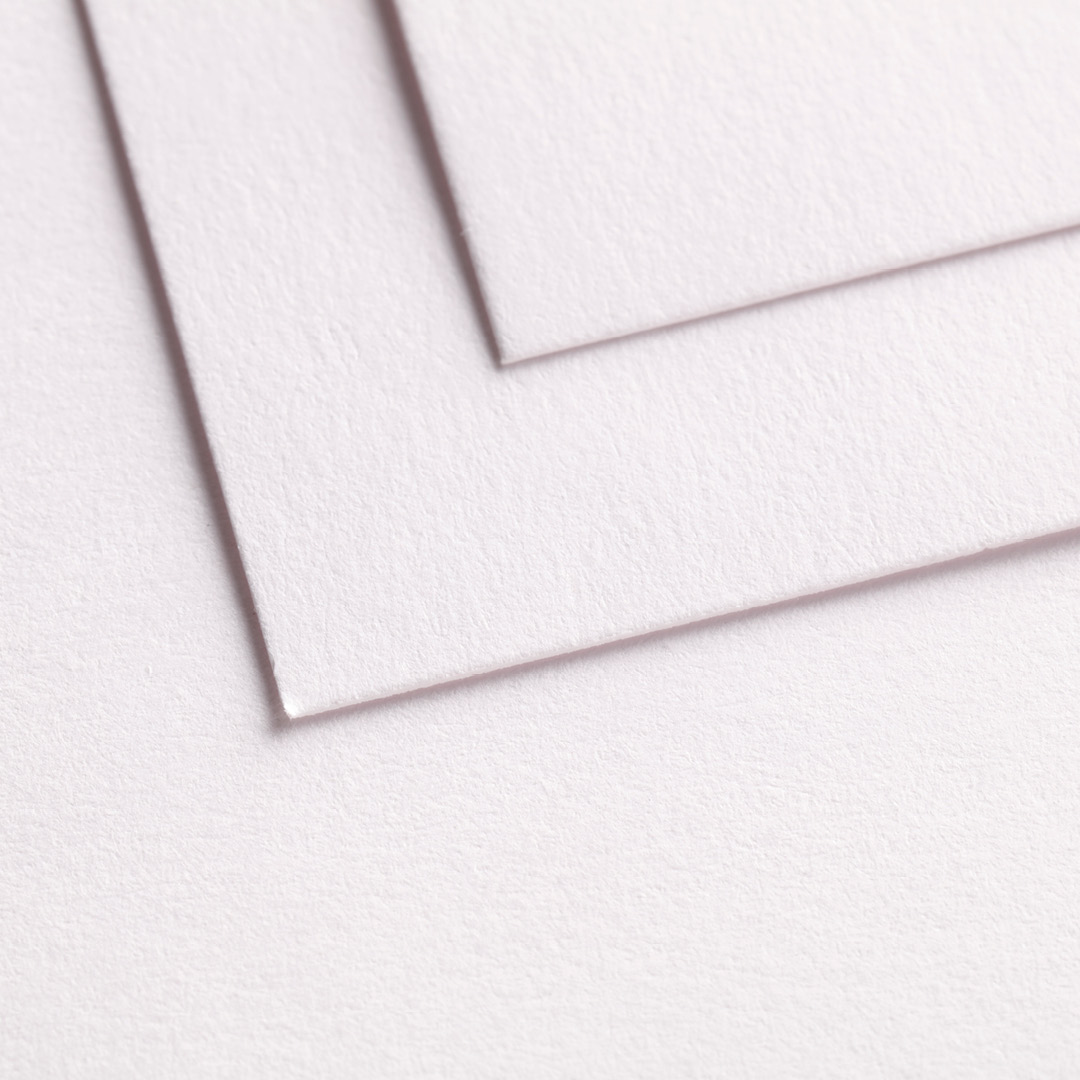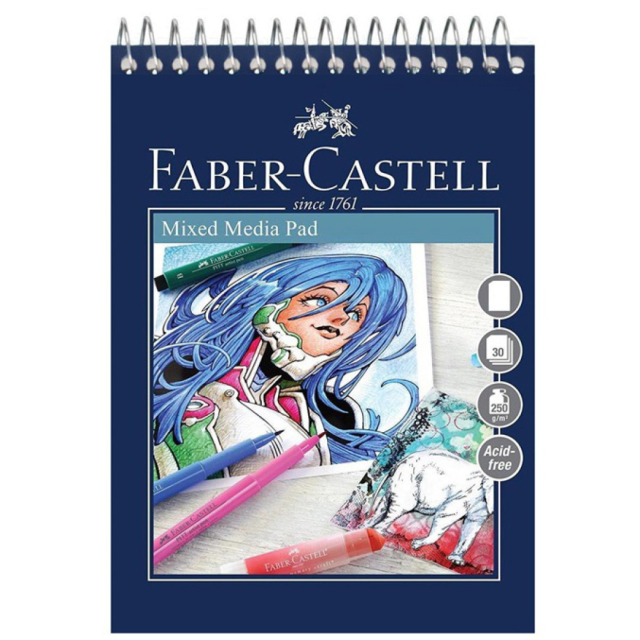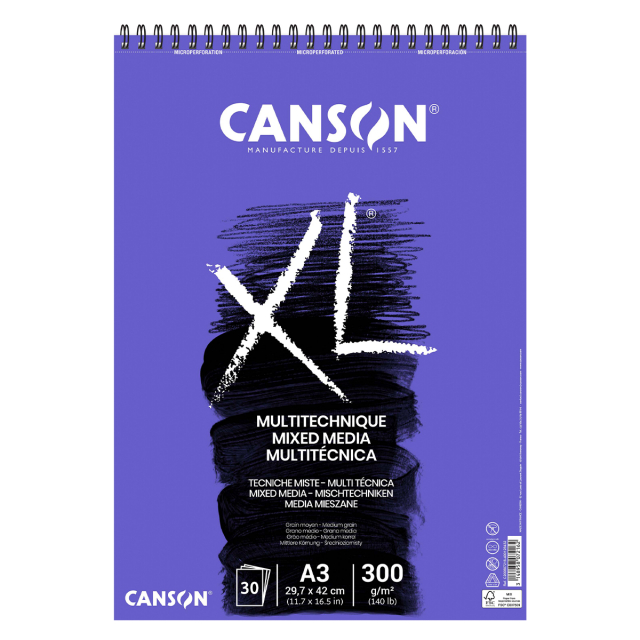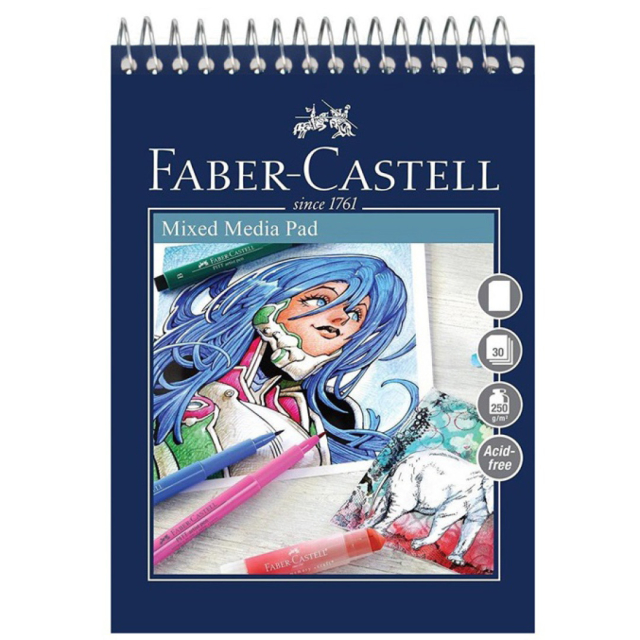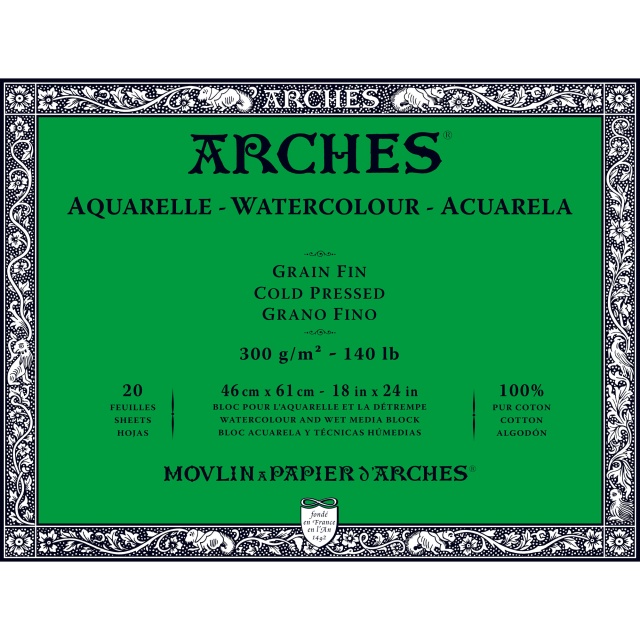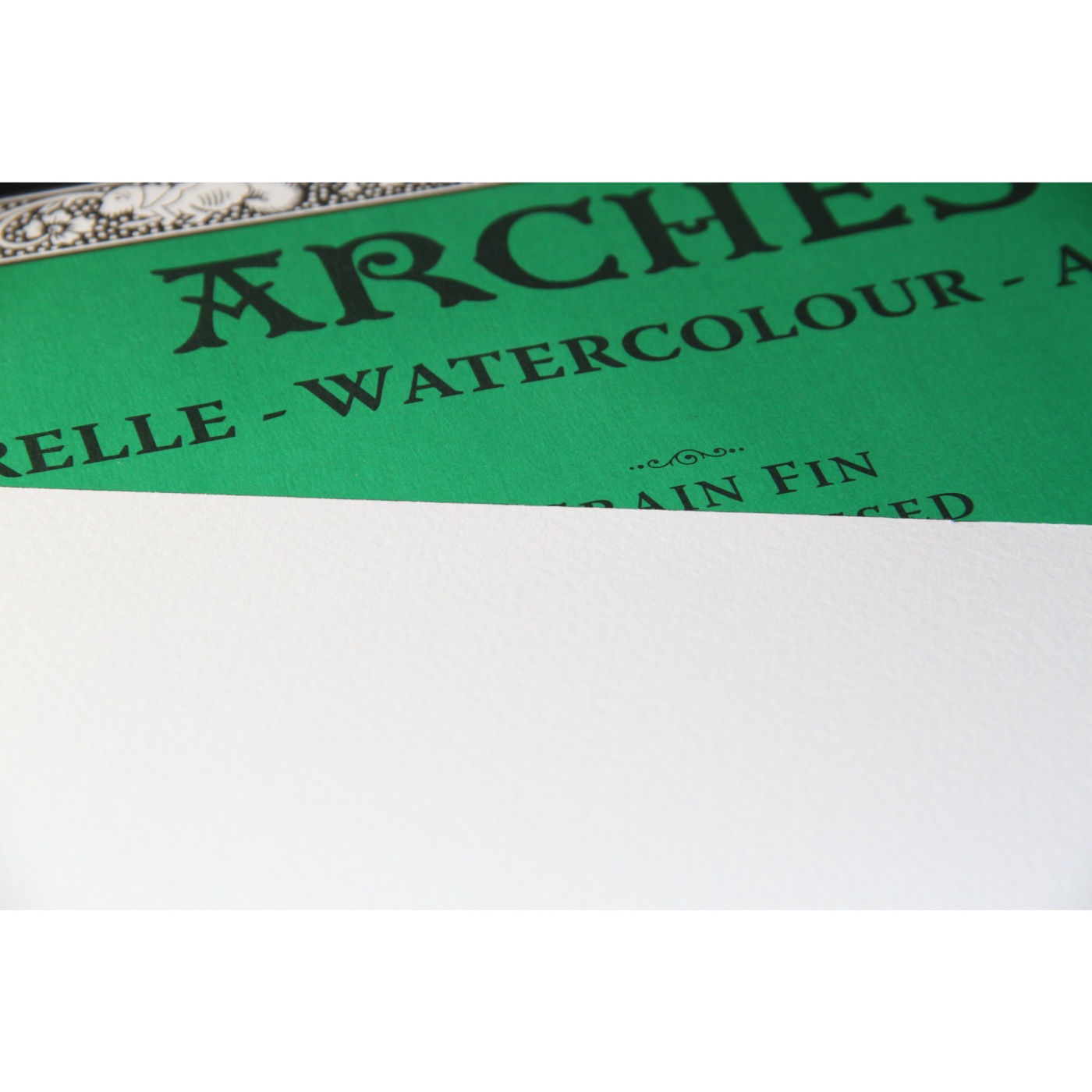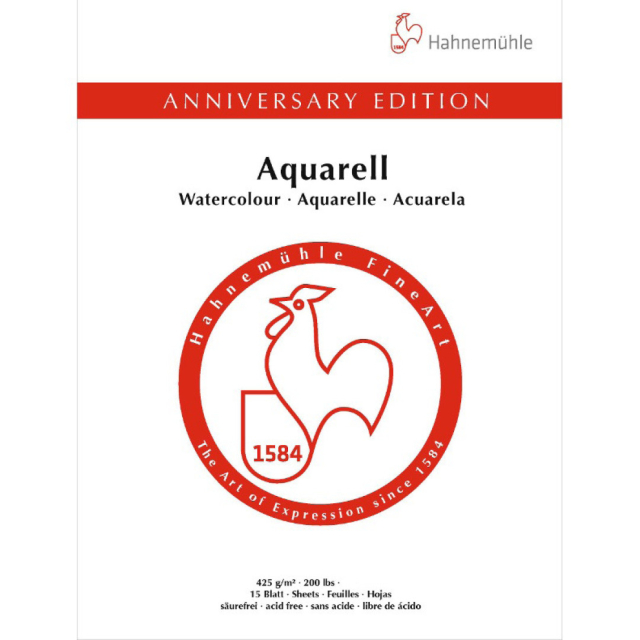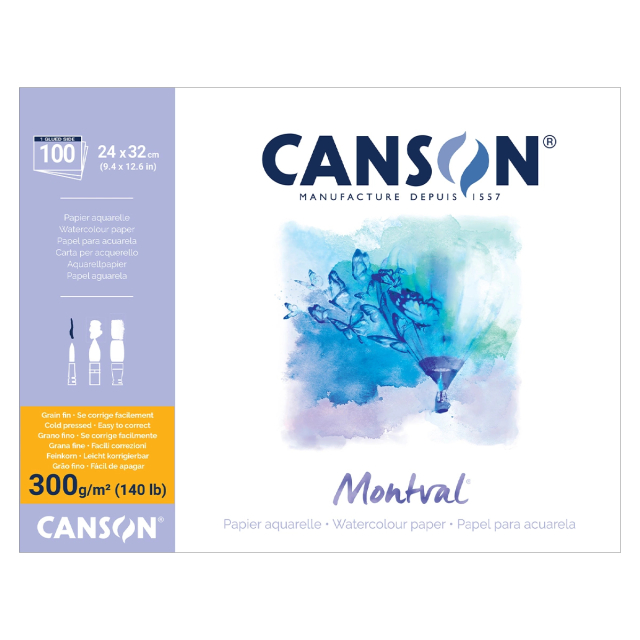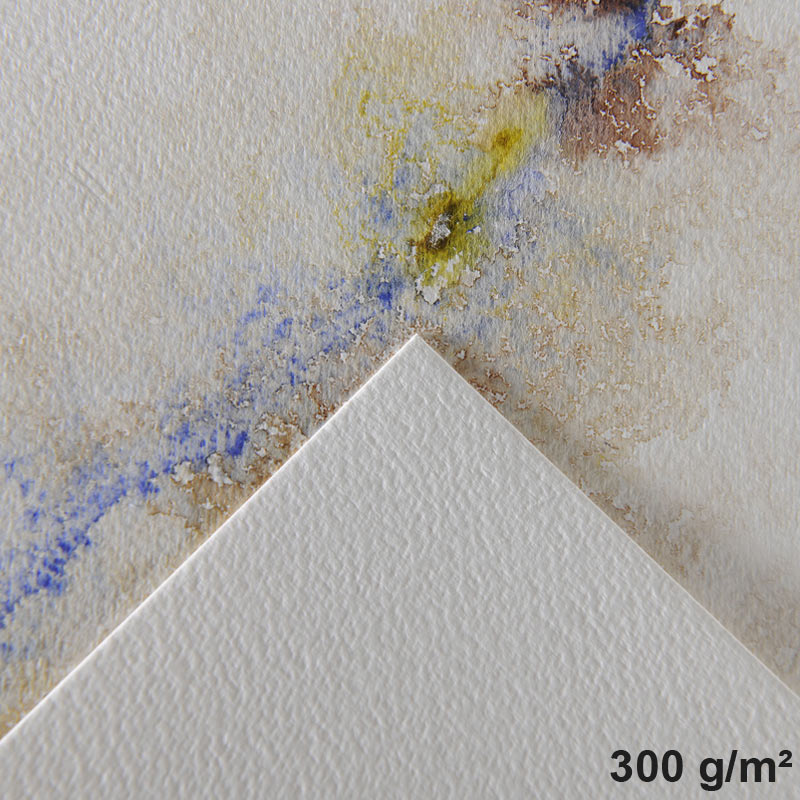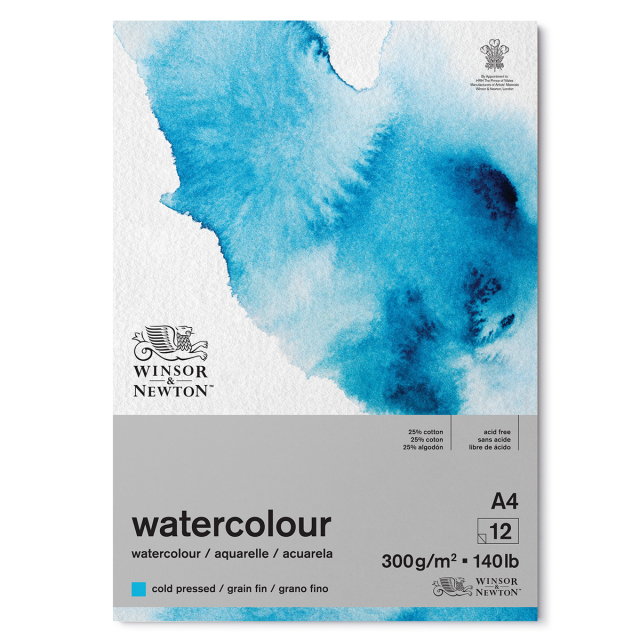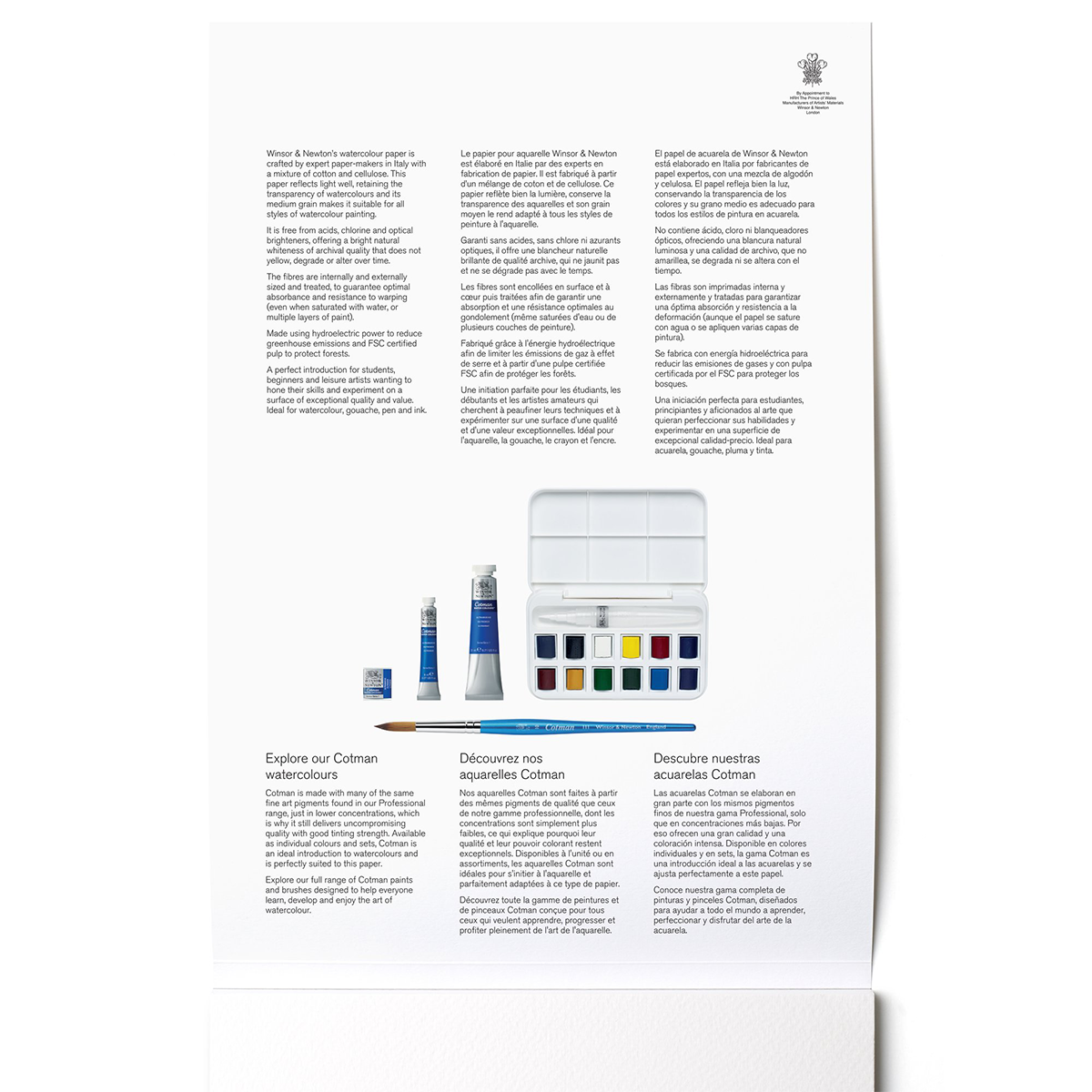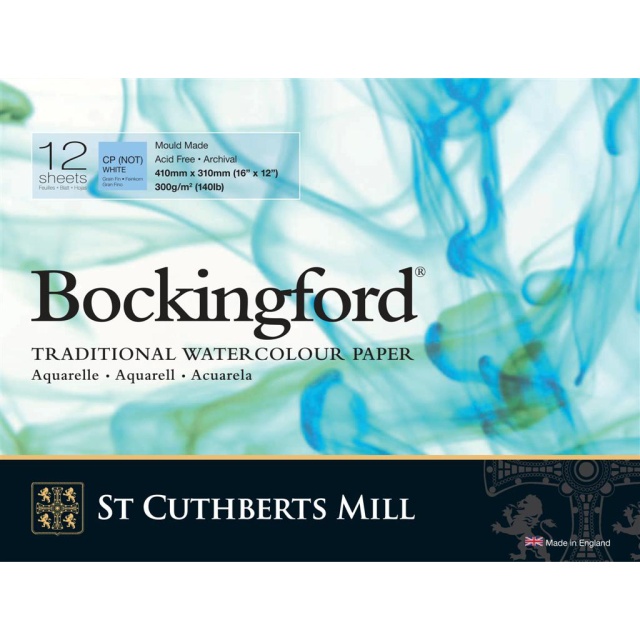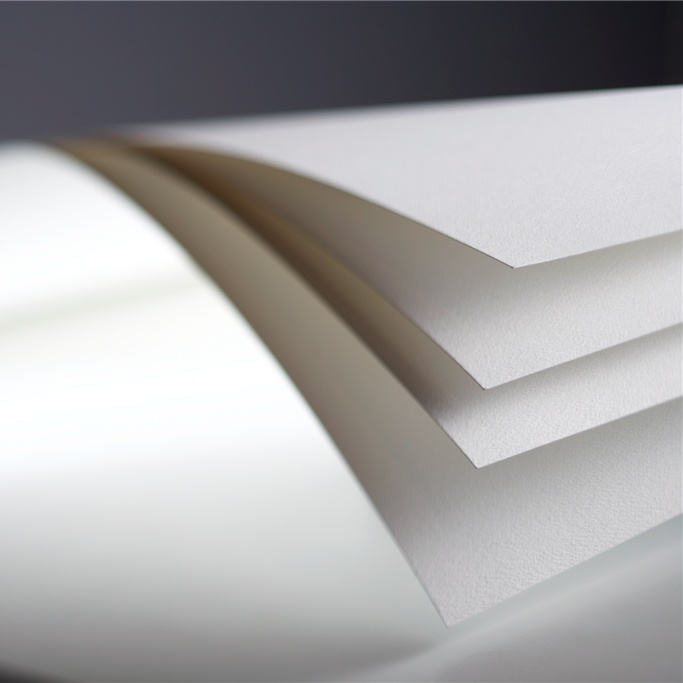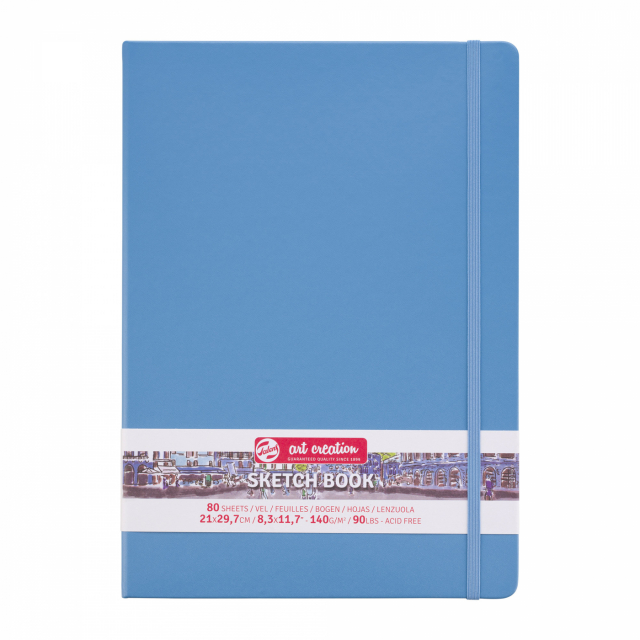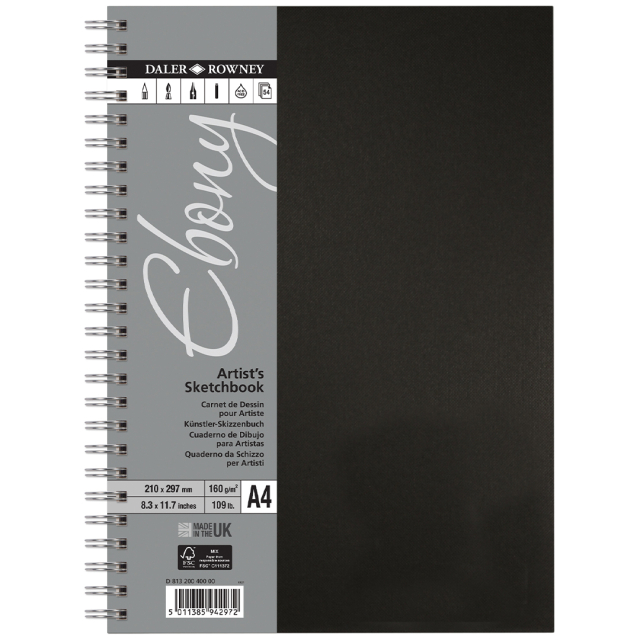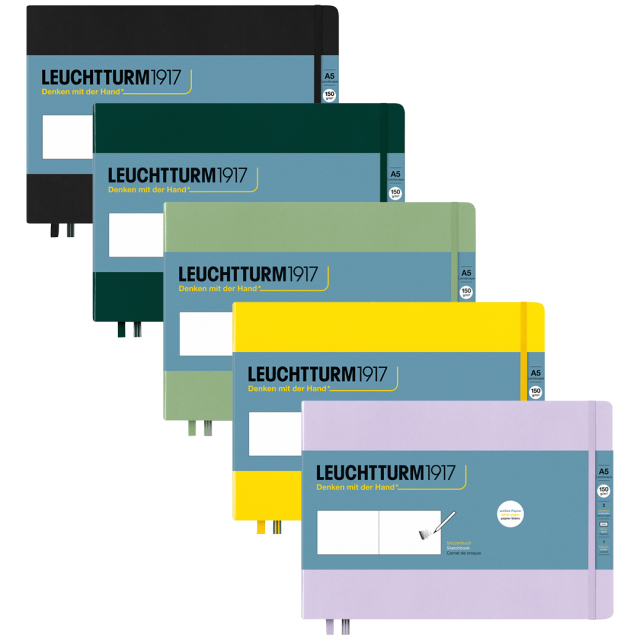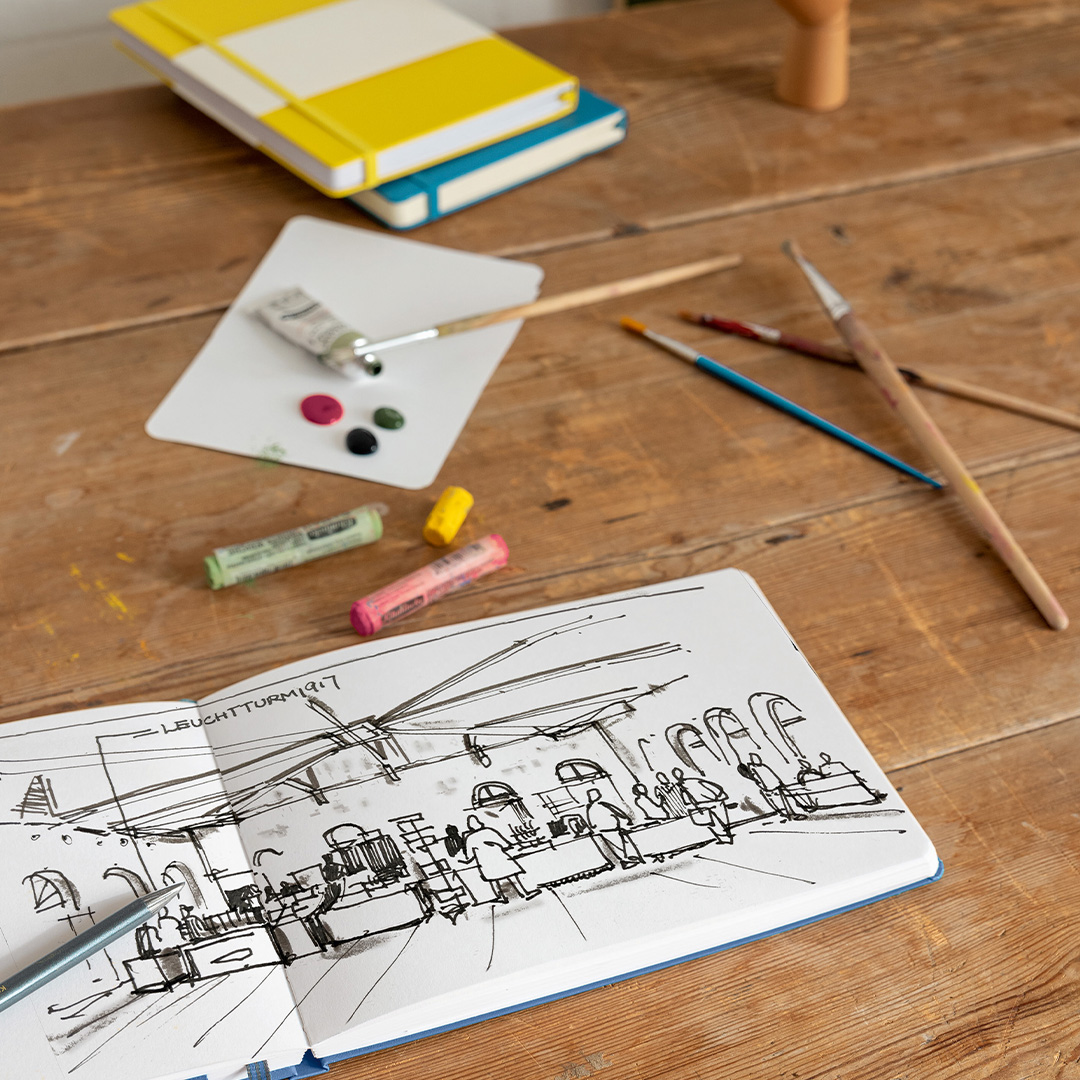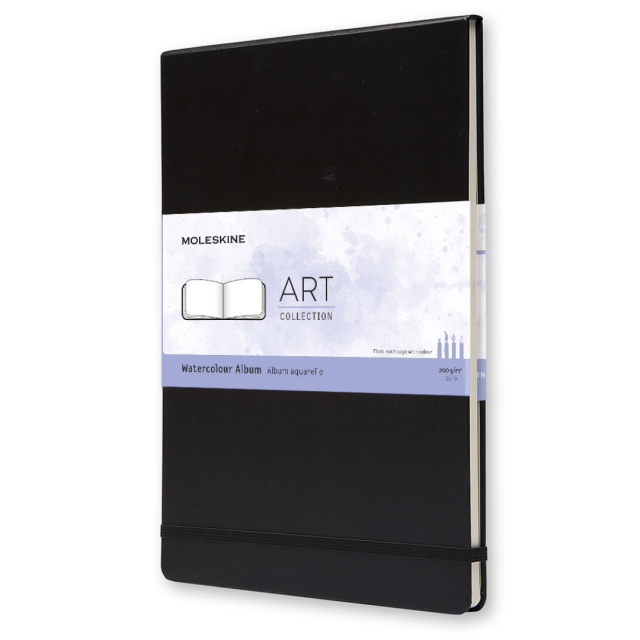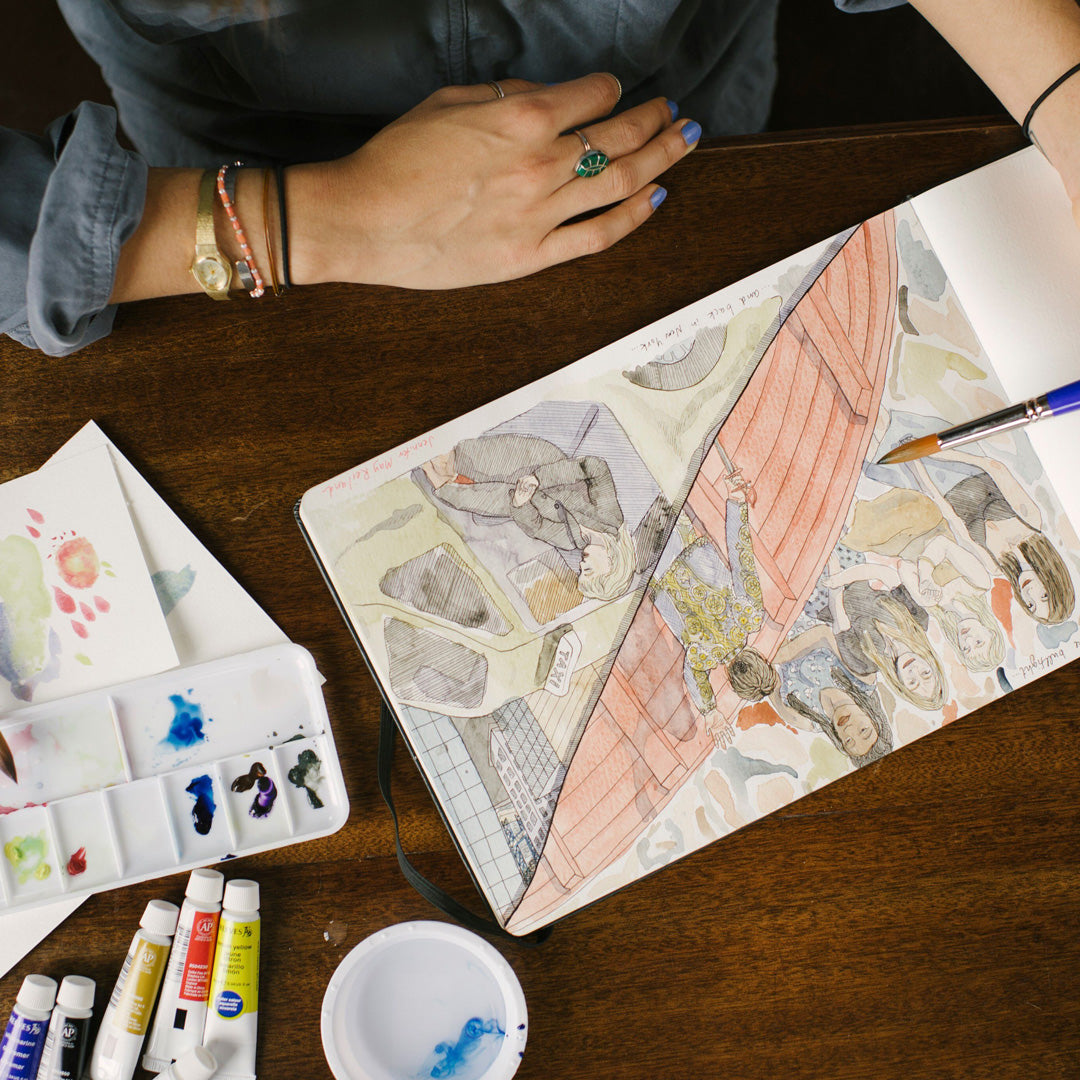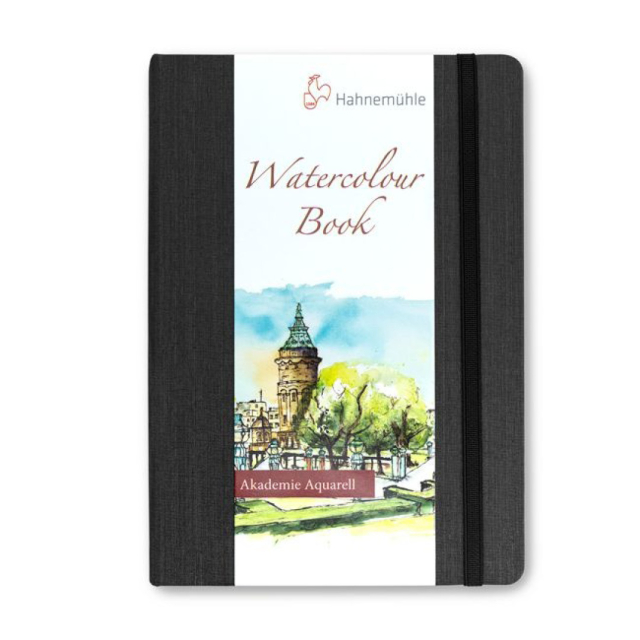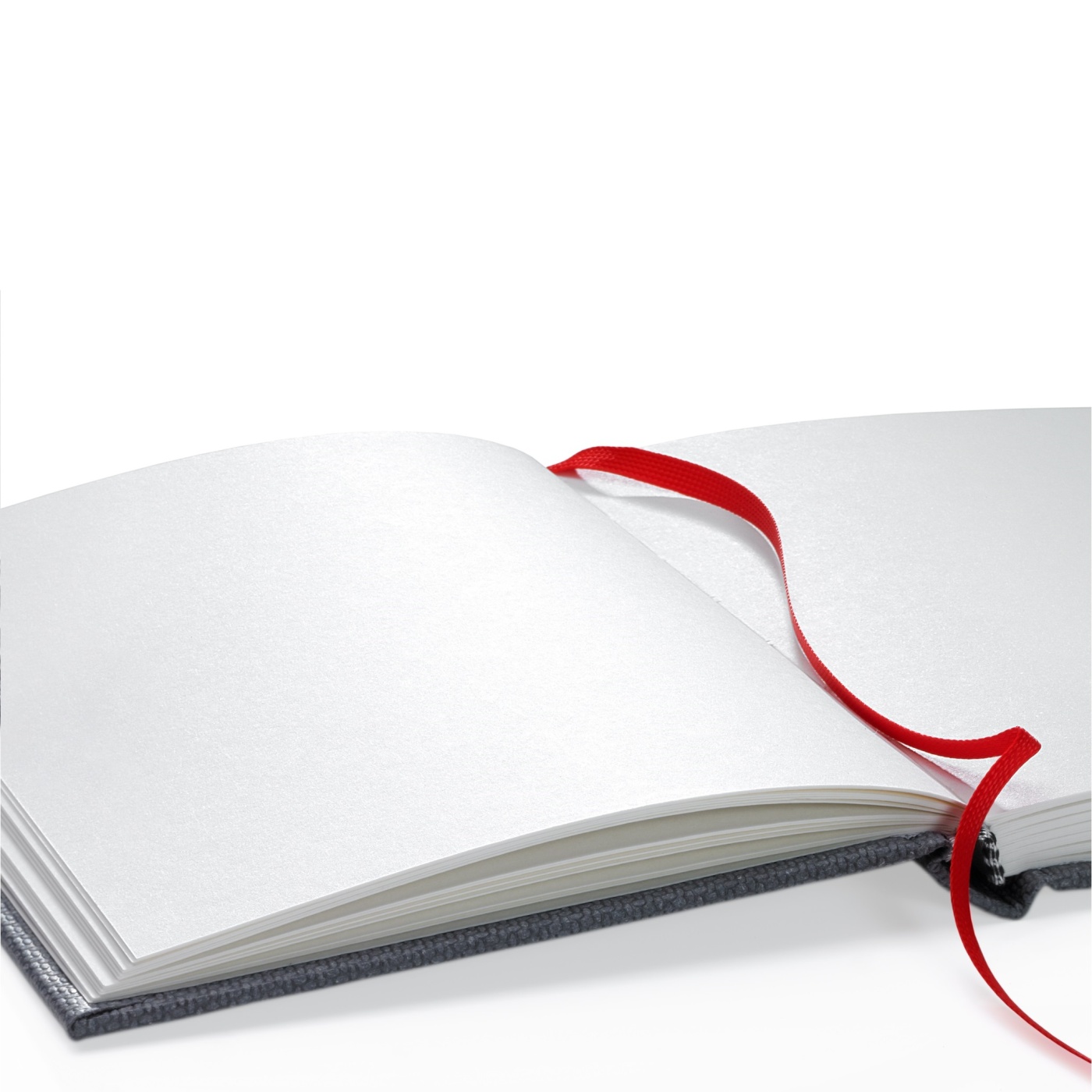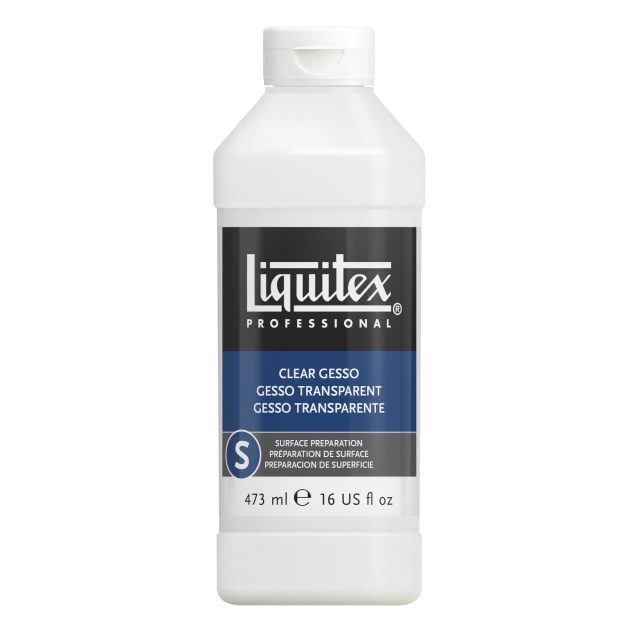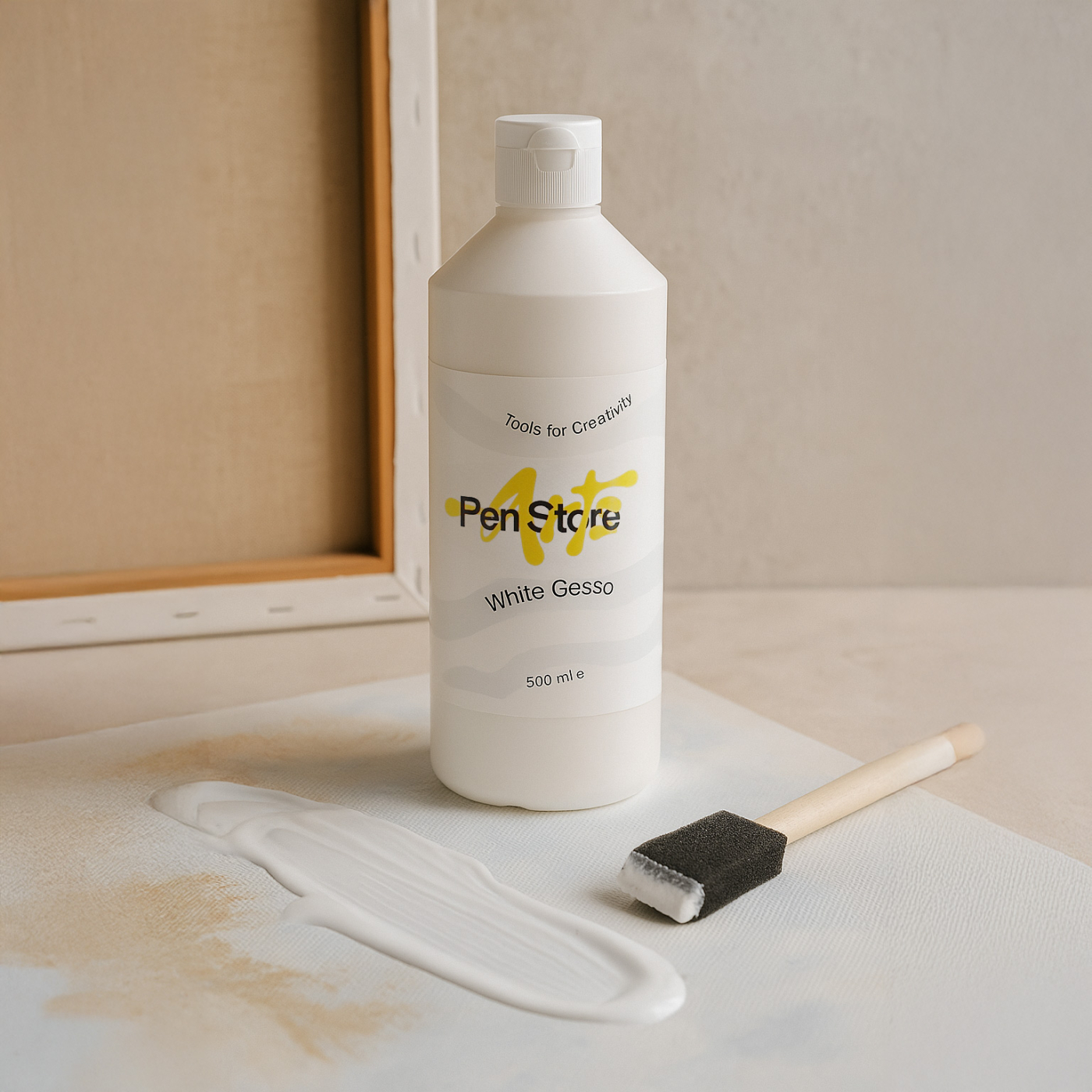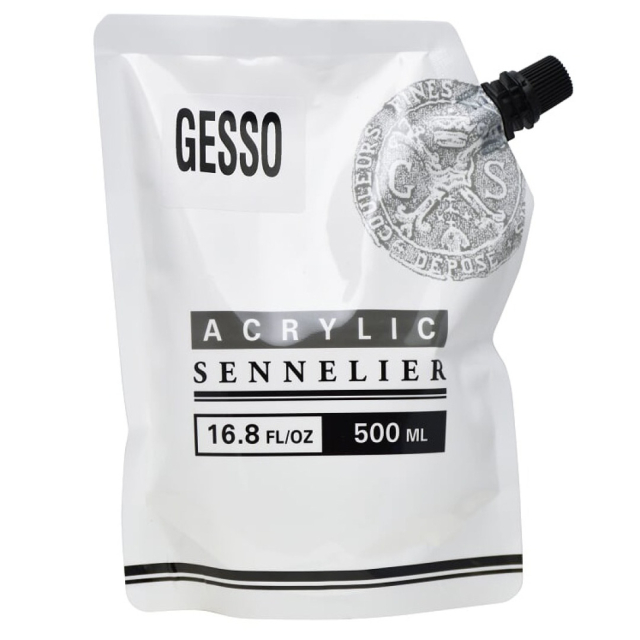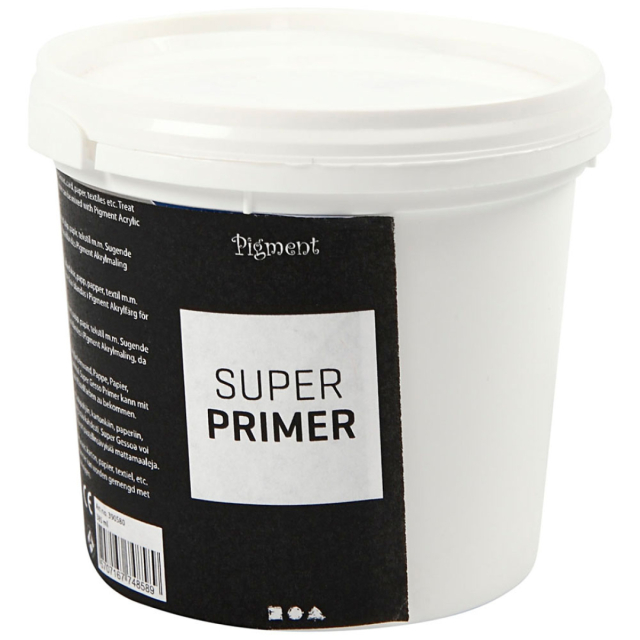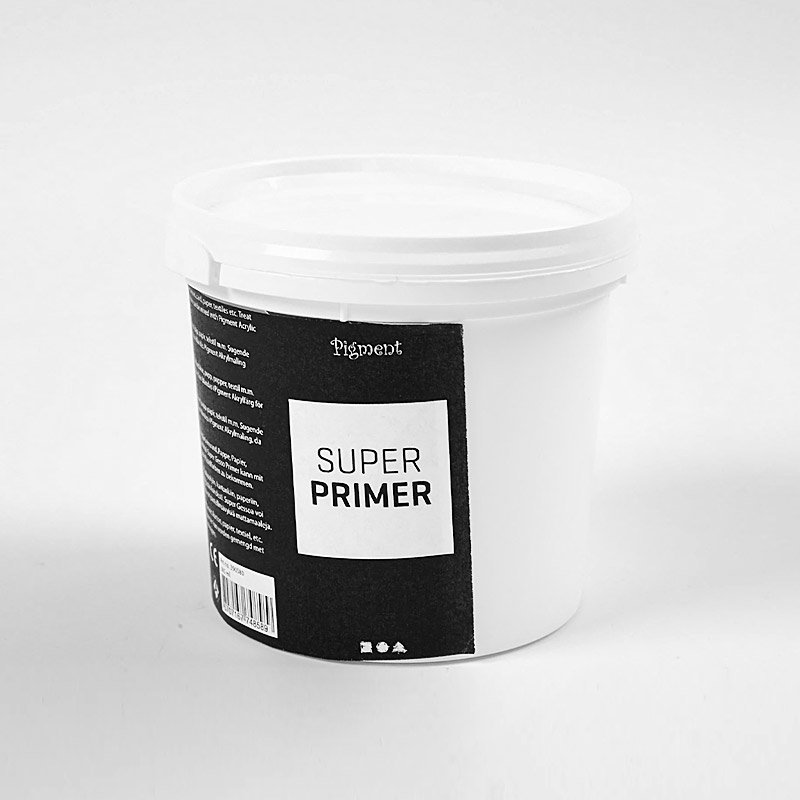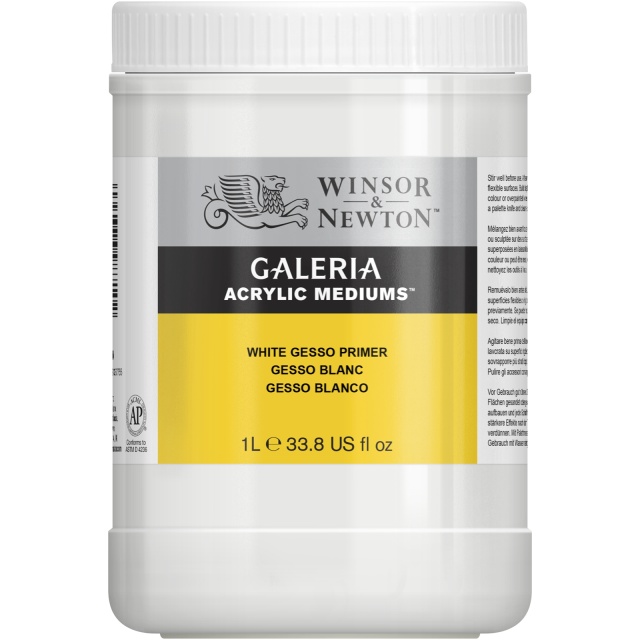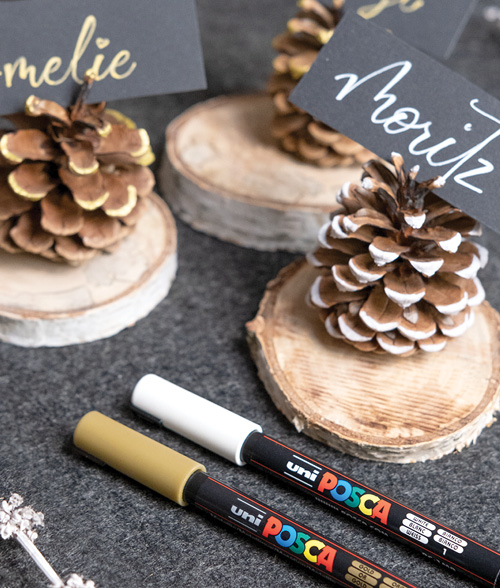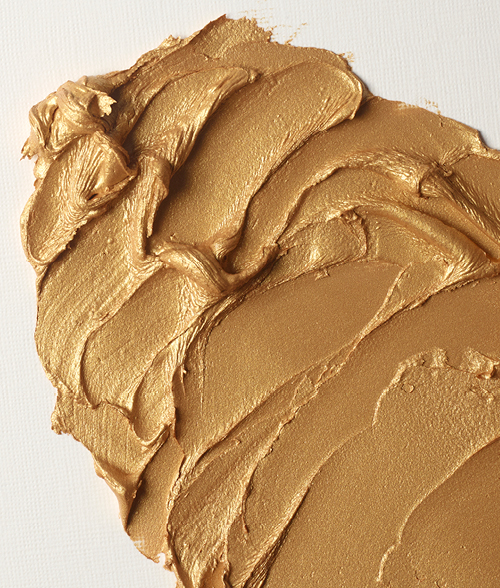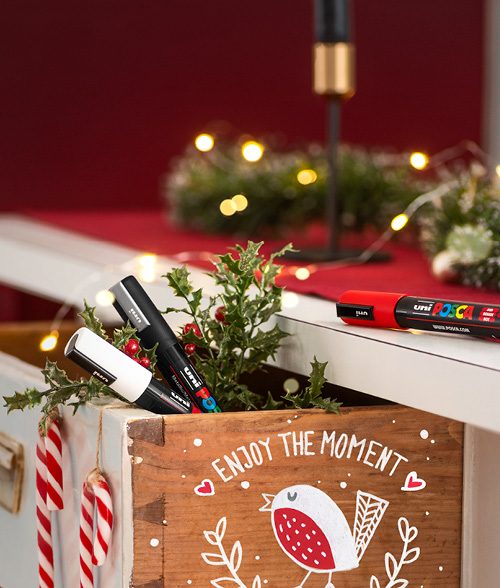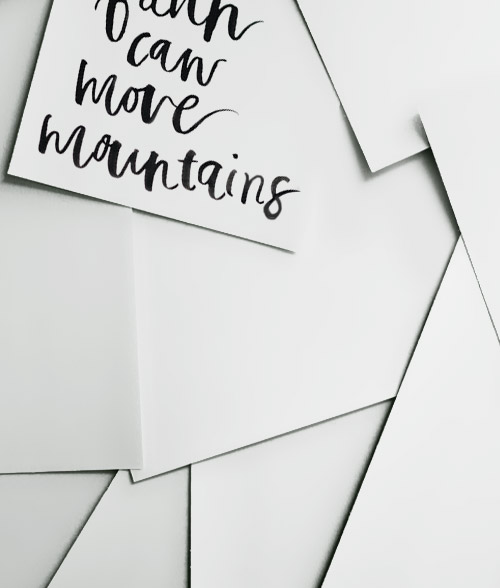Painting with acrylics on paper is both cheaper and often more practical than using canvas. In this guide, we share our top tips on acrylic pads for different styles and needs.
Here we give quick product tips for those who already know what qualities you are looking for. To learn more about the differences between types of acrylic paper, there is a useful guide here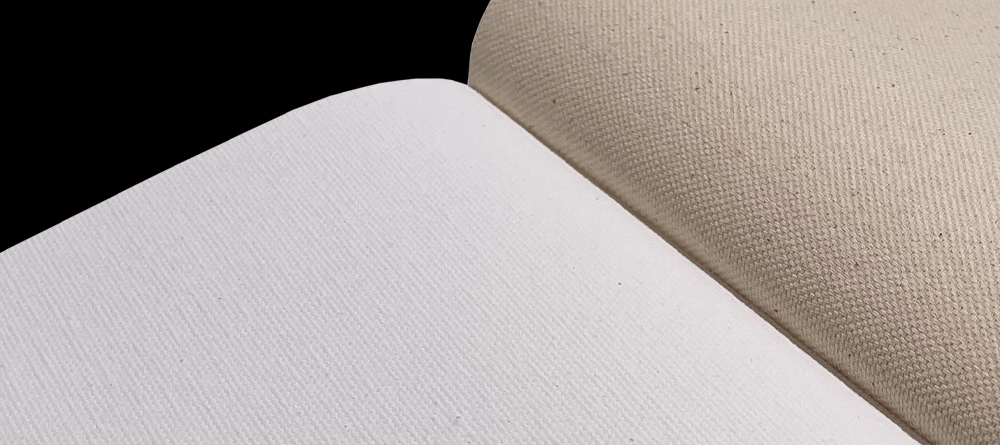
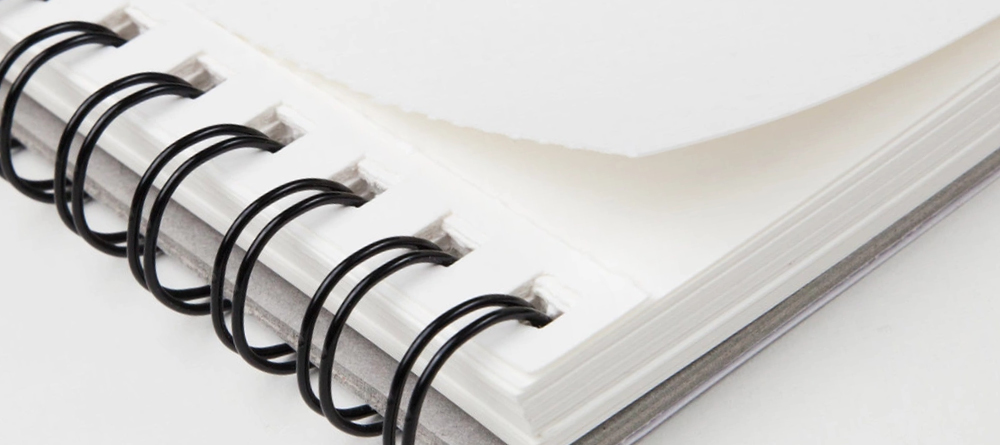
Best Acrylic Paper for Beginners
To get the most out of your new acrylic paints, you’ll need paper with good grip, preferably a bit of texture and a primed surface, and that won’t cost you a fortune. Here are some excellent options to start with.
Best Acrylic Paper for Layering
When working with multiple layers of acrylic paint, thinner paper will buckle. Paper designed for layering has a higher paper weight and ideally a slight tooth for the paint to grip onto.
Best Acrylic Paper for Sketching
Not every painting needs to be a masterpiece. Sometimes you just want to test ideas, colours and shapes without any pressure. This is the paper you’ll want: affordable, plenty of sheets to play around on, yet sturdy enough to withstand more than one brushstroke.
Best Paper for Combining Acrylic and Watercolour
Want to work with diluted acrylic, thin layers and a watercolour-like technique? Then watercolour paper is a great option. Go for paper of at least 300 gsm, cold-pressed and of artist quality for the best results.
Best Sketchbook for Acrylic Paint
A sketchbook for acrylic paint should be able to capture your ideas without warping from water or thick layers. Here we look at the paper’s weight and quality. To make the page extra sturdy, you can prime it with one or two layers of gesso.
Best Gesso for Acrylic Paper
Some acrylic and canvas papers are already primed, so you can skip this step. But if you’re painting in a sketchbook, on mixed media or watercolour paper, a layer of gesso can make a big difference. It provides better adhesion, a smoother finish, and reduces the risk of the paper absorbing the paint too quickly.
 International (EUR)
International (EUR)
